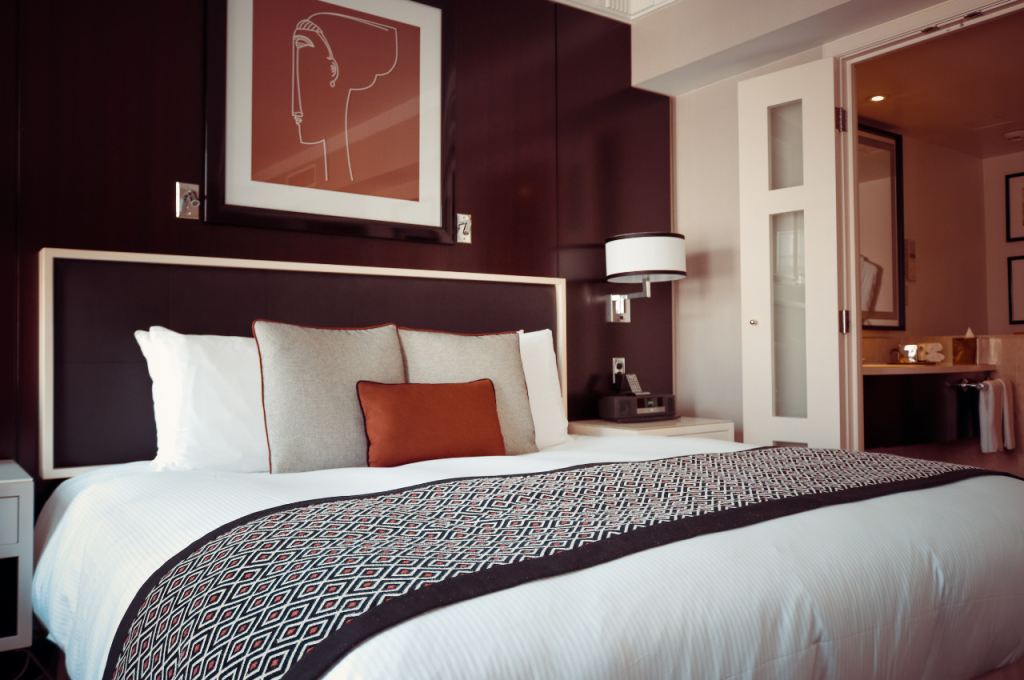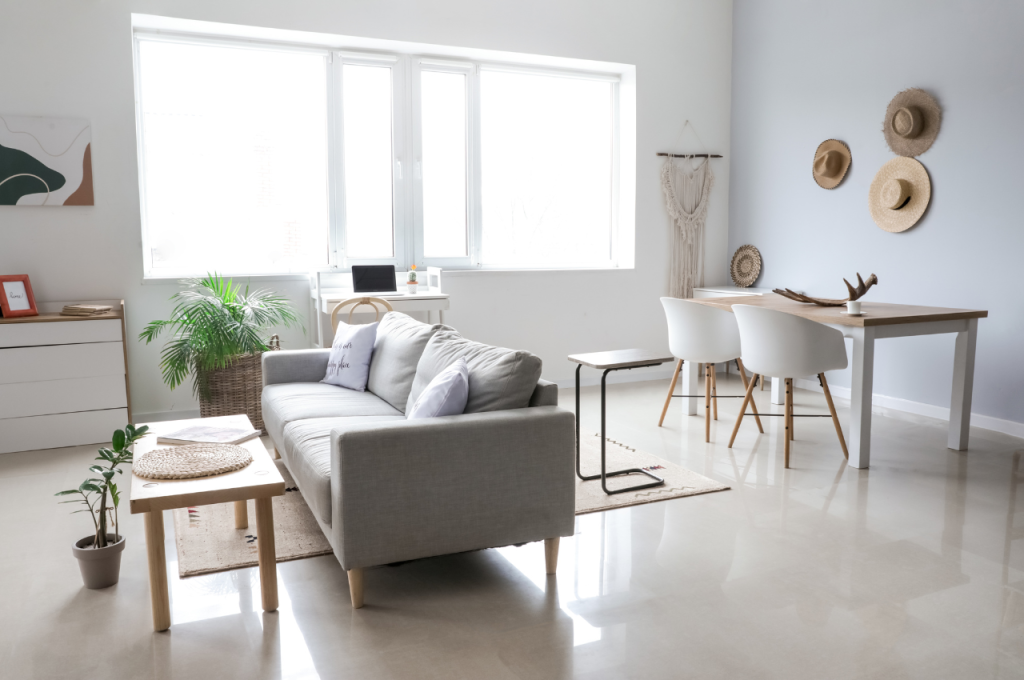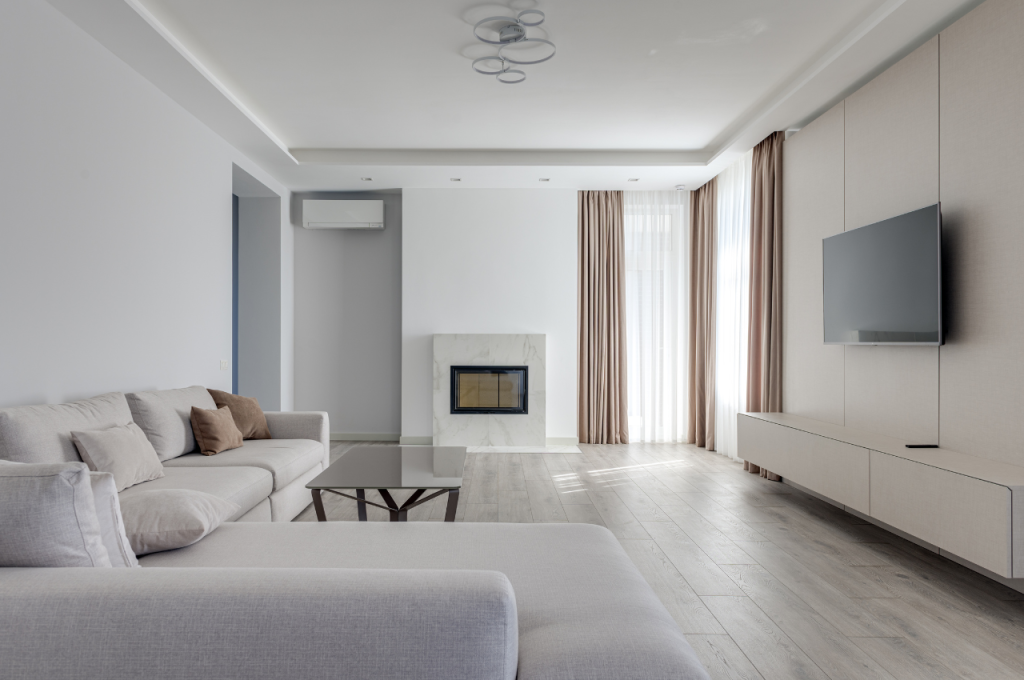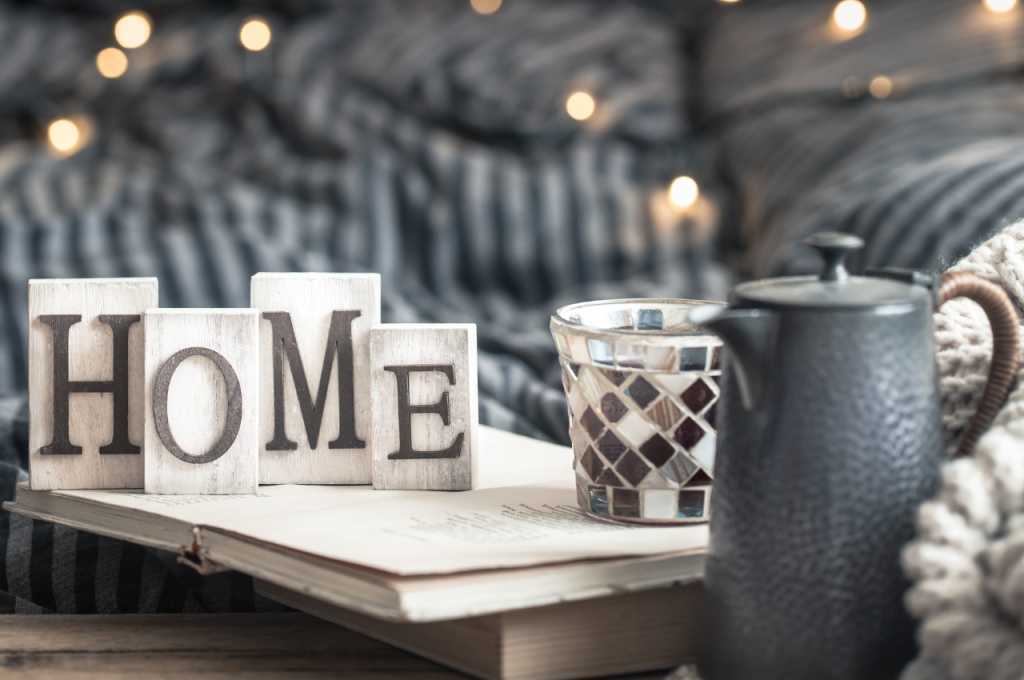To design one room, consider its function, style, color scheme, furniture layout, and lighting for a cohesive and balanced look. A well-designed room should reflect your personality while also being functional and comfortable.
Taking into account these key factors will help you create a space that you love and enjoy spending time in. Whether you’re reimagining a living room, bedroom, or home office, thoughtful planning and attention to detail are essential in achieving a successful interior design.
By focusing on these aspects, you can transform any space into a stylish and inviting room that suits your needs and aesthetic preferences.
Creating A Vision
Designing a room starts with creating a vision. Follow these steps to bring your one room to life with your unique style.

Identifying Your Style
Explore different interior design styles.
- Modern: Clean lines and minimalistic.
- Traditional: Classic and timeless elements.
Determining The Room’s Purpose
Consider how the room will be used.
- Living room: Social space for entertainment.
- Bedroom: Restful and relaxing environment.
Hope this helps! Let me know if you need further assistance.
Space Planning
Space planning is a crucial step in designing a room to ensure optimal functionality and flow.
Measuring The Room
Start by measuring the length and width of the room with a tape measure for accurate dimensions.
Furniture Arrangement
- Consider the size of furniture pieces to fit comfortably in the room without overcrowding.
- Place larger furniture against the walls to create an open center space for easy movement.
Color Palette and Lighting
When designing a room, the color palette and lighting play crucial roles in creating a cohesive and inviting space. A well-thought-out color scheme can set the tone for the room, while strategic lighting can enhance the ambiance and functionality. In this guide, we’ll explore the key factors to consider when selecting a color palette and incorporating lighting fixtures in your room design.
Choosing A Color Scheme
Selecting the right color scheme sets the foundation for the room’s overall aesthetic. Consider the mood and atmosphere you want to evoke. Bold and vibrant colors can add energy and drama, while soft and neutral tones create a calming and soothing effect. Opt for a cohesive color palette that complements the room’s purpose and existing decor. Take into account the room’s natural light and size when choosing colors, as they can affect how the colors appear in the space.
Lighting Fixtures and Natural Light
Integrating proper lighting fixtures and utilizing natural light is essential for illuminating the room and emphasizing its design elements. Consider both the functionality and aesthetic appeal when selecting lighting fixtures. Statement chandeliers or pendant lights can serve as focal points, while task lighting such as desk lamps or sconces provide targeted illumination. Maximize natural light by strategically placing mirrors and opting for sheer curtains. Ultimately, a well-balanced lighting plan can elevate the room and enhance its visual appeal.
Furniture and Accessories
When it comes to designing a room, furniture, and accessories play a crucial role in creating a welcoming and visually appealing space. Selecting appropriate furniture and adding decorative elements can help transform a plain room into a stylish and functional one. In this section, we will explore some tips on how to choose the right furniture and accessories, ensuring they complement the overall design of the room.
Selecting Appropriate Furniture
Choosing the right furniture is essential for both comfort and aesthetics. Here are some key points to keep in mind:
- Measure the space: Before purchasing any furniture, take accurate measurements of the room to ensure that everything fits properly.
- Determine the purpose: Consider how the room will be used and choose furniture pieces accordingly. For example, for a living room, a comfortable sofa and coffee table can be a good choice, while for a home office, a sturdy desk and ergonomic chair might be more suitable.
- Consider the style: Keep in mind the overall theme or style of the room. Whether you prefer modern, traditional, or eclectic designs, select furniture pieces that harmonize with the existing decor.
- Focus on functionality: Apart from aesthetics, prioritize functionality. Look for furniture with storage options, such as ottomans with hidden compartments or shelves built into bookshelves. This way, you can optimize space while maintaining a clutter-free environment.
- Quality and durability: Invest in high-quality furniture that is built to last. Check for sturdy construction, durable materials, and comfortable cushioning for seating options.
Adding Decorative Elements
Once you have selected the right furniture, it’s time to enhance the room’s appeal with decorative accessories. Here are some ideas to consider:
- Artwork and mirrors: Hang artwork or mirrors on the walls to add visual interest and create the illusion of more space.
- Accent pillows and throws: Use vibrant throw pillows and cozy blankets to add texture and pops of color to sofas, chairs, or beds.
- Rugs: A well-placed rug can tie a room together and add warmth and comfort.
- Plants: Bring a touch of nature indoors with potted plants or flowers. They not only look beautiful but also help improve air quality.
- Lighting: Consider different types of lighting, such as overhead fixtures, table lamps, or floor lamps, to create both ambient and task lighting.
- Wall shelves and decorative storage: Install wall shelves or use decorative storage solutions to display cherished items or keep everyday essentials within reach.
By carefully selecting furniture pieces that fit the room and adding decorative elements that complement the overall design, you can create a captivating space that reflects your style and enhances your everyday living experience.
Creating Focal Points
When it comes to designing a room, creating focal points is key to achieving a visually appealing and balanced space. Focal points serve as the center of attention, drawing the eye and adding interest to the room. By strategically placing statement pieces and arranging visual points of interest, you can create a room that is both aesthetically pleasing and functional.

Using Statement Pieces
One effective way to create a focal point in a room is to use statement pieces. These are bold and eye-catching elements that immediately capture attention. Think of a vibrant piece of artwork, a unique piece of furniture, or a decorative accent with a splash of color. When selecting statement pieces, consider the overall style and theme of the room. These pieces should stand out and complement the surrounding decor.
Whether it’s a striking chandelier hanging over a dining table or a large mirror with an ornate frame on a feature wall, statement pieces help establish a visual anchor in the room. They create a focal point that naturally draws the eye and sets the tone for the entire space. By carefully choosing and placing statement pieces, you can instantly elevate the design and create a memorable impact.
Arranging Visual Points of Interest
In addition to using statement pieces, arranging visual points of interest throughout the room contributes to its overall appeal. Visual points of interest can include architectural features like windows or fireplaces, as well as decorative elements such as plants, sculptures, or even an accent wall with a unique texture or color.
When arranging these visual points of interest, be mindful of their placement and the effect they have on the room’s composition. Consider the principles of balance and symmetry to create a visually harmonious space. For example, you can place two matching armchairs on either side of a fireplace, or hang a set of symmetrical artwork above a sofa.
Don’t be afraid to experiment with different arrangements and combinations until you find the perfect balance. Keep in mind that the goal is to create visual interest without overwhelming the space. Each element should have a purpose and contribute to the overall harmony of the room.
| Focus | Determine a focal point that captures attention and sets the tone for the room. |
| Statement Pieces | Select bold and eye-catching elements that serve as visual anchors in the room. |
| Arrangement | Carefully arrange visual points of interest to create balance and harmony in the room. |
| Experiment | Don’t be afraid to try different arrangements and combinations to find the perfect balance. |
By focusing on creating focal points using statement pieces and arranging visual points of interest, you can design a room that is visually captivating and inviting. These strategies allow you to showcase your style while creating a harmonious space that draws admiration from both residents and guests.
Incorporating Functionality
Incorporating functionality into the design of a room is essential for creating a space that is not only aesthetically pleasing but also practical and efficient. By focusing on maximizing storage solutions and integrating multi-purpose furniture, you can ensure that every element serves a purpose and contributes to the overall functionality of the room.
Maximizing Storage Solutions
Utilizing effective storage solutions is key to maintaining organization and reducing clutter in a room. Incorporate built-in shelving, and under-bed storage, and utilize vertical space with tall bookcases or wall-mounted shelves. Utilizing hidden storage options, such as ottomans with storage compartments or coffee tables with drawers, can help keep items out of sight while maintaining a tidy space.
Integrating Multi-purpose Furniture
Multipurpose furniture is a smart choice for creating functionality in a room with limited space. Opt for a sofa bed that can serve as seating during the day and transform into a bed for overnight guests. Additionally, consider a dining table that can double as a workspace, or choose nesting tables that can be easily stored when not in use. These versatile furniture pieces can help maximize the utility of the room while minimizing clutter.
Final Touches
In the process of designing a room, the final touches play a crucial role in making the space truly your own.
Adding Personal Touches
Personal touches are what make a room feel unique and reflect your personality.
- Display photos of cherished memories.
- Showcase meaningful souvenirs or trinkets.
- Incorporate artwork or crafts that hold sentimental value.
Understanding the Importance of Details
Details may seem small but they are what elevate a room’s design from good to exceptional.
- Pay attention to lighting fixtures and their placement.
- Choose furniture pieces that complement the overall aesthetic.
- Add texture through textiles like cushions and throws.
Review and Adjustments
Once you’ve established a vision for your room design, it’s crucial to periodically review and make adjustments to ensure that your vision is being realized effectively.

Assessing the design
- Check color schemes and furniture arrangement.
- Measure the space for better visualization.
- Ensure functionality and aesthetics are balanced.
Making necessary changes
- Consider feedback from family members or clients.
- Implement alterations to improve the room layout.
- Ensure each element complements the overall design.
Frequently Asked Questions on How to Design One Room?
Certainly! Here are some frequently asked questions (FAQs) about designing a room along with their answers:
Q. How do I start designing a room?
A. To start designing a room, first, determine the purpose of the room. Consider the layout, functionality, and aesthetics you want to achieve. Plan the color scheme, furniture placement, lighting, and decor. Take measurements and create a budget. Finally, start selecting and purchasing the necessary items to bring your vision to life.
Q. What are some key design elements to consider when designing a room?
A. When designing a room, consider key design elements such as color, lighting, furniture arrangement, texture, and pattern. Choose a color scheme that matches the room’s purpose and creates the desired mood. Utilize proper lighting to enhance the ambiance. Arrange furniture to optimize flow and functionality.
Incorporate texture and pattern to add visual interest and depth to the space.
Q. How can I make a small room look bigger?
A. To make a small room appear larger, use light-colored paint or wallpaper to create an illusion of space. Opt for furniture that is proportionate to the room size to avoid overcrowding. Maximize natural light by using sheer curtains or blinds.
Incorporate mirrors to reflect light and create a sense of openness. Lastly, reduce clutter and utilize storage solutions to maintain an organized space.
Q. How can I create a cohesive design in a room?
A. To achieve a cohesive design in a room, stick to a specific color scheme throughout the space. Select furniture and decor items that complement each other in terms of style, material, and finish. Create a focal point to draw attention and provide visual interest.
Pay attention to scale and balance when arranging furniture and accessories. Lastly, incorporate a consistent theme or motif to tie the design elements together.
Conclusion
Designing a room is an essential aspect of creating a harmonious living space. By following the principles of balance, proportion, and harmony, you can transform any room into a welcoming and functional area. Incorporating your style and preferences, considering the functionality of the space, and utilizing proper lighting and color techniques are key elements to keep in mind.
When executed thoughtfully, your design can result in a room that brings joy and comfort to all who enter.

